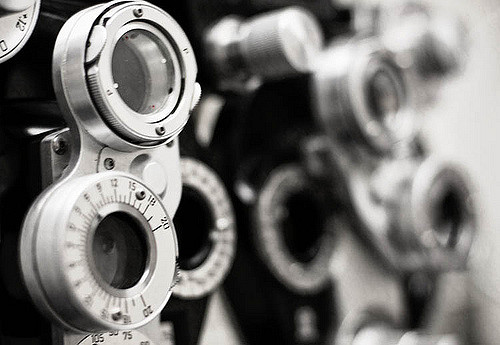KC and Middle-Age

A Deeper Dive into Eye Rubbing
June 12, 2023
How Long Does CXL Last?
June 28, 2023Keratoconus is most often diagnosed during the teens or early adult years. Crosslinking (CXL) is the recommended treatment to slow or halt progression of disease. CXL becomes less urgent as time goes by; vision changes and steepening of the cornea usually stops as the eye becomes ‘naturally’ crosslinked.
A reminder that this is not always the case came in the form of a short paper from Swiss ophthalmologists detailing four patients, all in their late forties or early fifties, referred for crosslinking because evidence of disease-related progression was found.
In each case, the patients had been diagnosed with keratoconus years earlier, and had experienced no vision changes during their thirties and forties. Although all were successful contact lens wearers, as they approached age 50, these individuals found their vision worsening. Eye exams revealed all had experienced significant progression and were referred for crosslinking.
The doctors concluded that while the probability of KC progression strongly declines after the age of 40, but it never becomes zero.
Dr. Haji Saeed MD, MPH, a cornea surgeon at the University of Illinois at Chicago has been performing crosslinking for treatment of keratoconus for several years. She agreed with the observation that CXL should be considered at any age if there is evidence of progression. She added that CXL is successful on middle-aged corneas, “I’ve had several patients over the age of 40 on whom I’ve performed crosslinking. This age group typically responds very well.” This report also serves as a reminder of the need for regular eye exams for individuals with keratoconus, even after they’ve reached their thirties and forties. Dr. Saeed advised, “lifelong monitoring of keratoconus and early intervention are key to mitigating progression.”



